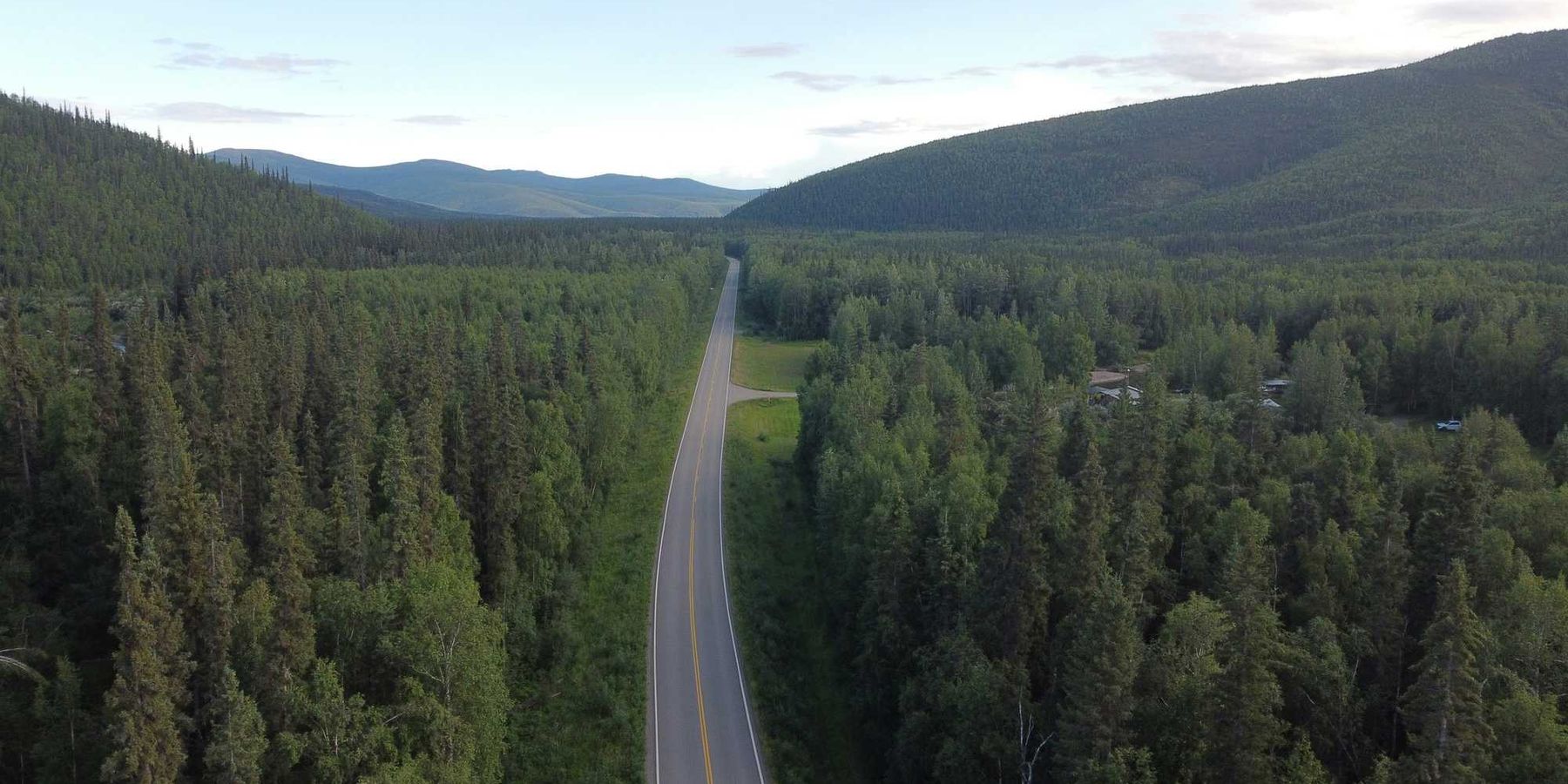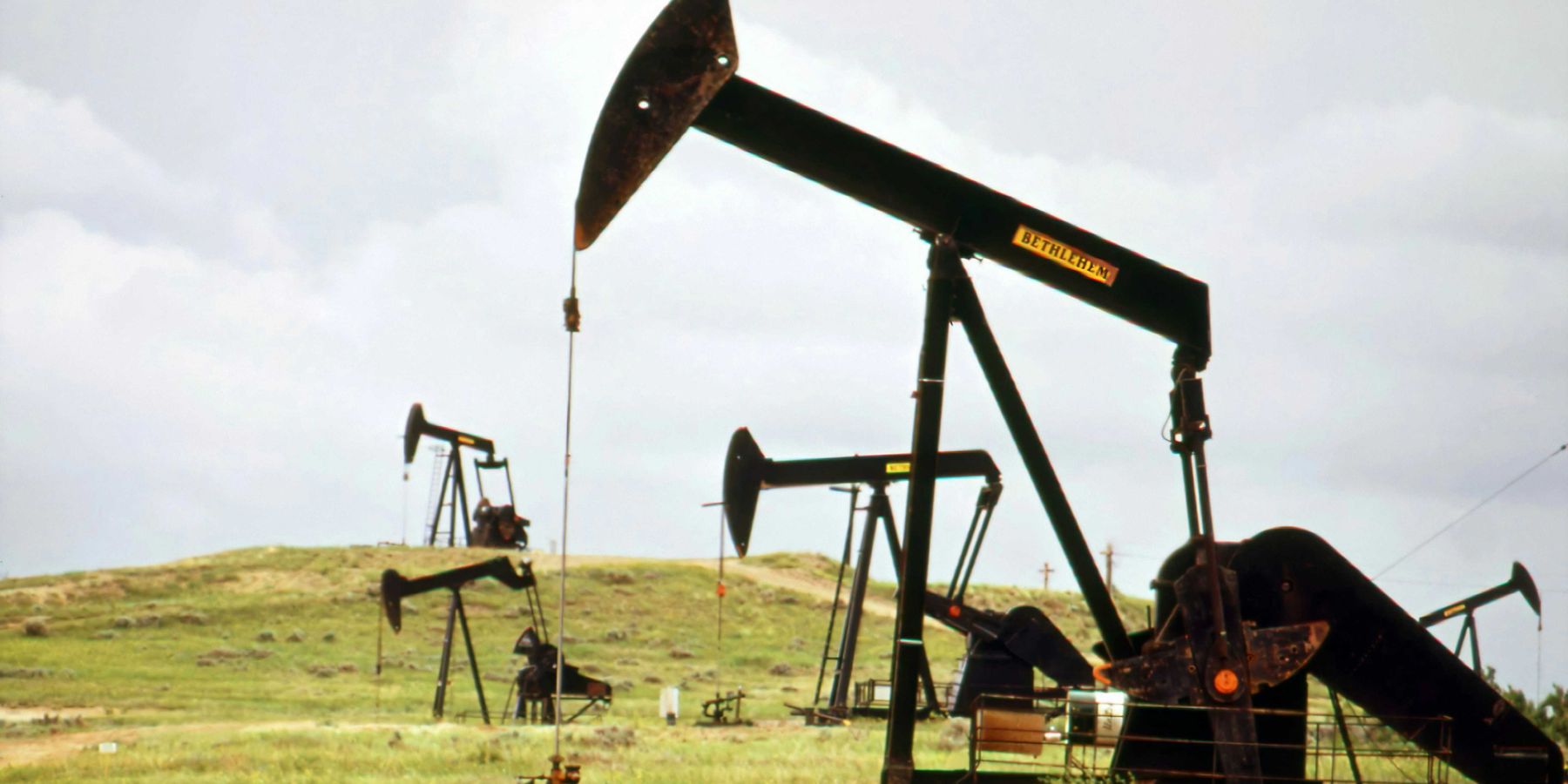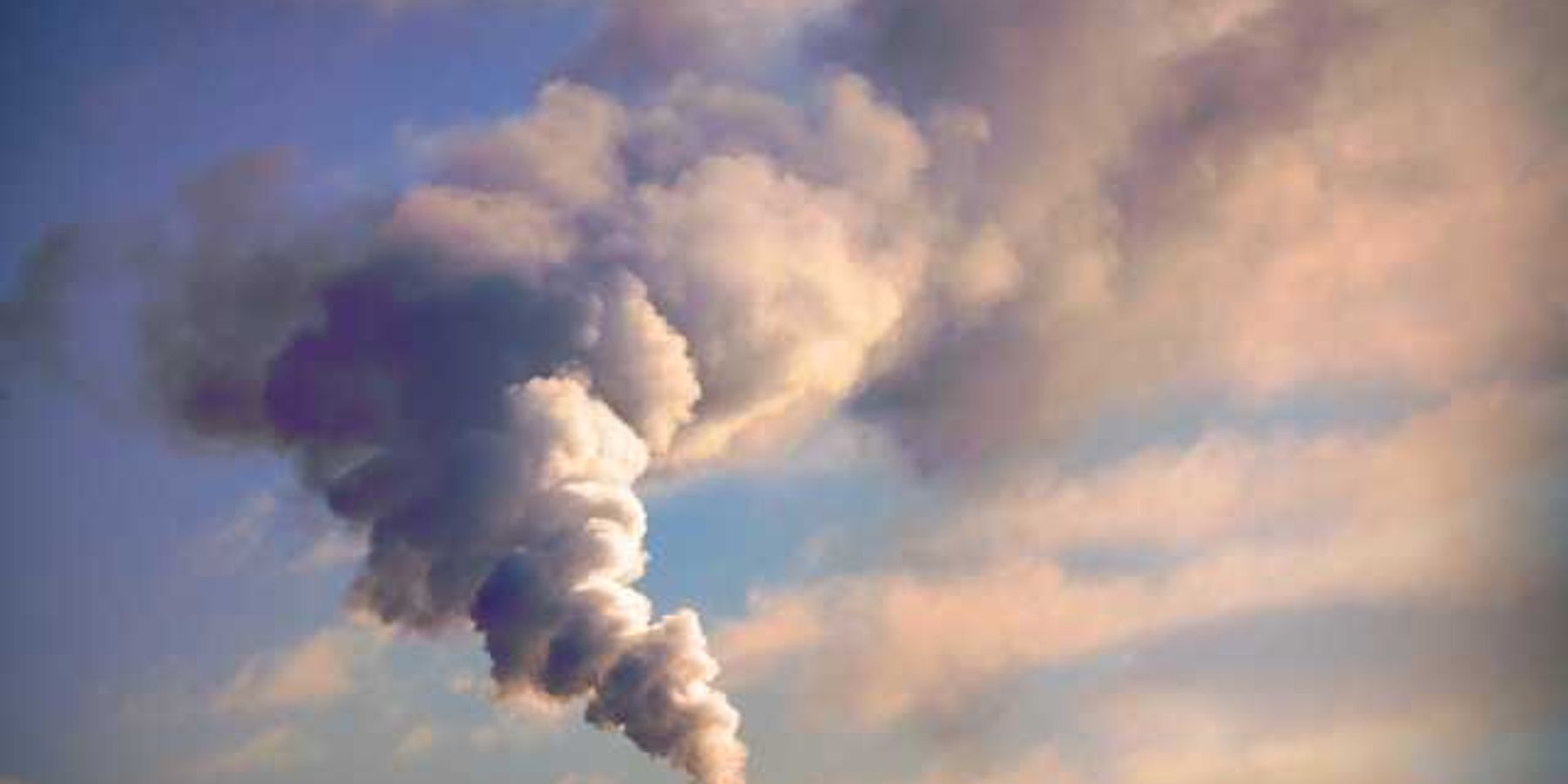10-28: Bill Nye's optimism, cherish winter
As winter erodes, the 'Science Guy' is hopeful science will soon return to public policy. Let's hope he's right.
Top news for Saturday, Oct. 28: Environmental philanthropy, Antarctic glacial melt, and more
Carmaker focuses on oceans, marine resilience
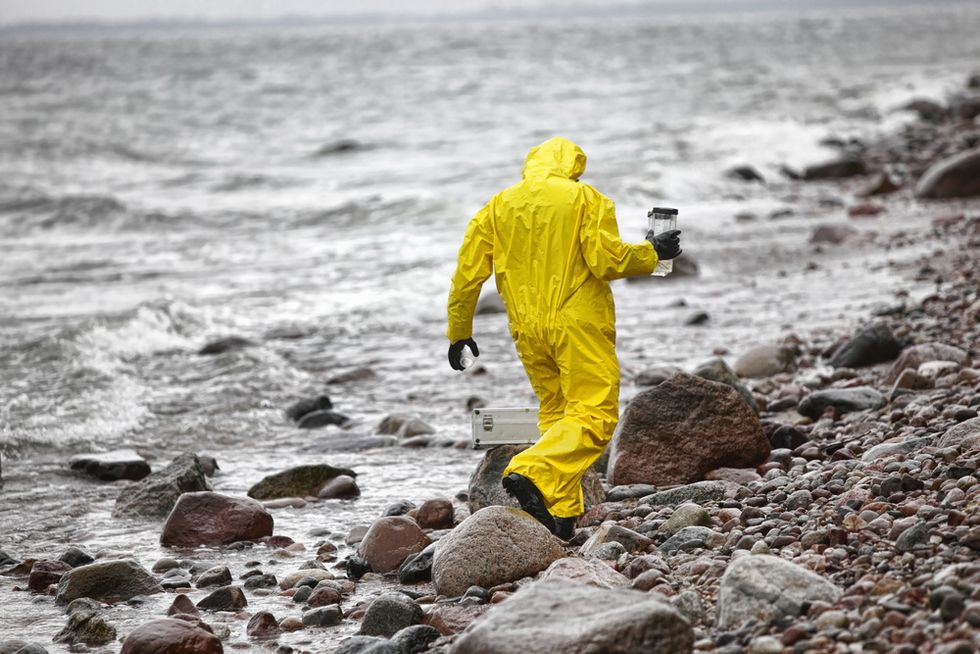
"The Honda Marine Science Foundation formed in 2016 and went public this year, with a mission to "help restore marine ecosystems and facilitate climate change resilience," Inside Philanthropy reports.
The foundation expects to make two to three grants per year of between $25,000 and $75,000.
Takeaway: "An interesting move for Honda, signaling that this is going to become a signature topic for the corporation."
What happens when two glaciers collapse?
In Antarctica, you could release enough ice to raise sea levels four feet.
That scenario is underway now with the Pine Island and Thwaites glaciers.
New York Times has breath-taking time-lapse photos. Share this with your kids.
Cherish winter
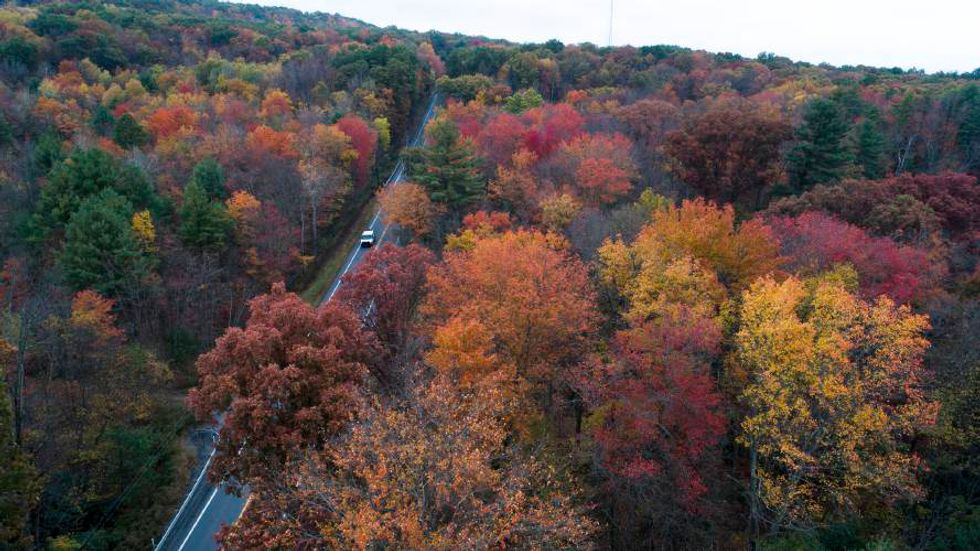
Associated Press' Seth Borenstein has a look at why Jack Frost seems to be arriving later each fall.
PS, it's not a conspiracy.
Bill Nye's science optimism
Hard to be an optimist in this Twitter-fueled age about science driving policy.
But Bill Nye is. Ecowatch checks in with him on why he's bullish on the future.
Key quote: "As what I hope is the last gasp of the anti-science movement, we have this extraordinary administration with extraordinary people heading up the Department of Education and Environmental Protection Agency."
"But that's going to pass."
Sandy5: Five years after Hurricane Sandy

Five years after Hurricane Sandy swept over New York and New Jersey, many are still coping with aftershocks.
NYT, of course, is on the story: On Staten Island, haunting memories of those killed by Hurricane Sandy
But check out the #Sandy5 coverage on Twitter. Props for one of the best slogans ever: Rise Together.


